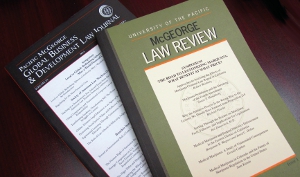Through the Looking Glass: Using Trade Agreements to Enforce Environmental Law
Document Type
Article
Publication Date
2017
Abstract
Citizen-suit provisions first appeared in U.S. environmental statutes in the late 1960s, part of Professor Joe Sax’s Model Natural Resources and Environmental Protection Act. The environmental citizen-suit provisions built on similar provisions in civil rights law, and the provisions quickly spread into federal environmental legislation, forming a cornerstone of Clean Water Act, Clean Air Act, and Endangered Species Act enforcement. When presidential administrations have neglected to enforce environmental law, citizen-suit provisions allowed the public to ensure some measure of continued compliance via suits against regulated entities. Although effective against the targeted polluters, this strategy lets the administration off the hook—under traditional citizen suits, an administration’s enforcement decisions largely escape judicial review, based on the discretion courts give both prosecutors and agencies to determine whether to bring an enforcement action. This creates a major barrier to citizens seeking better government enforcement of existing federal environmental law.
Citizen submissions via international environmental law can address this failure. To be clear, the international agreements discussed here do not create private causes of action. Instead, in keeping with international law norms, they create a submission process that ultimately leads to an international investigation and subsequent factual report. These processes create a strange sort of mirror world, where those seeking to improve environmental enforcement must go outside of the United States to improve domestic environmental policy.
Publication Title
NAT. RES. & ENVT.
Volume
31
Issue
2
First Page
36
Recommended Citation
Karrigan Bork & Rachael E. Salcido,
Through the Looking Glass: Using Trade Agreements to Enforce Environmental Law,
31
Nat. Res. & Envt.
36
(2017).
Available at:
https://scholarlycommons.pacific.edu/facultyarticles/477



